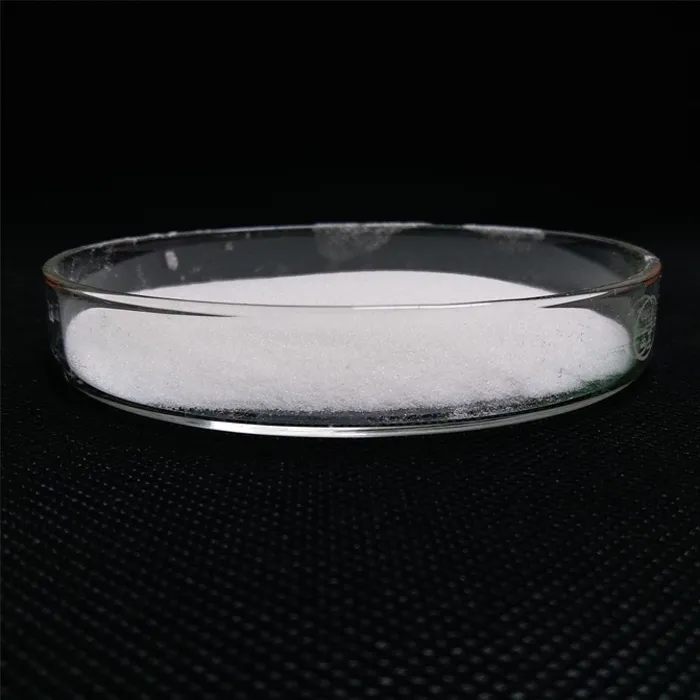The Challenge of PFAS Removal from Water
Per- and polyfluoroalkyl substances (PFAS), commonly referred to as forever chemicals, have emerged as a critical environmental concern due to their persistence and prevalence in water supplies. These synthetic substances, widely used in various industrial applications and consumer products, pose significant health risks, including cancer, liver damage, and reproductive issues. Consequently, effective PFAS removal from water has become an urgent priority for researchers, policymakers, and environmentalists alike.
PFAS are notoriously resistant to conventional water treatment methods, leading to challenges in their removal from drinking water sources. Traditional processes such as sedimentation and filtration are often ineffective against these compounds, necessitating the exploration of advanced treatment technologies. Current methodologies for PFAS removal include activated carbon adsorption, ion exchange, membrane filtration, and advanced oxidative processes.
The Challenge of PFAS Removal from Water
Ion exchange technology has also gained attention as a viable option for PFAS removal. This method involves substituting PFAS ions with less harmful ions, effectively reducing their concentration in treated water. While this method can target specific PFAS compounds, it may generate waste that requires proper disposal.
pfas removal from water

Membrane filtration techniques, such as reverse osmosis and nanofiltration, have shown promise in removing PFAS from water. These processes work by forcing water through a semi-permeable membrane, physically removing contaminants, including PFAS. However, the high energy requirements and potential for membrane fouling present challenges to their widespread implementation.
Advanced oxidative processes, including ozonation and photocatalysis, are innovative approaches that utilize chemical reactions to break down PFAS molecules into less harmful substances. These methods are still in the experimental stage and require further research to establish their efficiency and cost-effectiveness.
In addition to developing and implementing advanced treatment technologies, addressing the source of PFAS contamination is crucial. Regulators must enforce stricter regulations on the use and disposal of PFAS, promoting safer alternatives in industry and consumer products. Public awareness and community engagement are also vital in combating PFAS pollution.
In conclusion, the removal of PFAS from water is a multifaceted challenge demanding a concerted effort across various sectors. While advances in treatment technologies hold promise, comprehensive strategies combining innovation, regulation, and community action are essential to safeguard public health and ensure clean water for all. As research progresses, a collaborative approach will be crucial in mitigating the impact of these persistent pollutants on our water resources.

